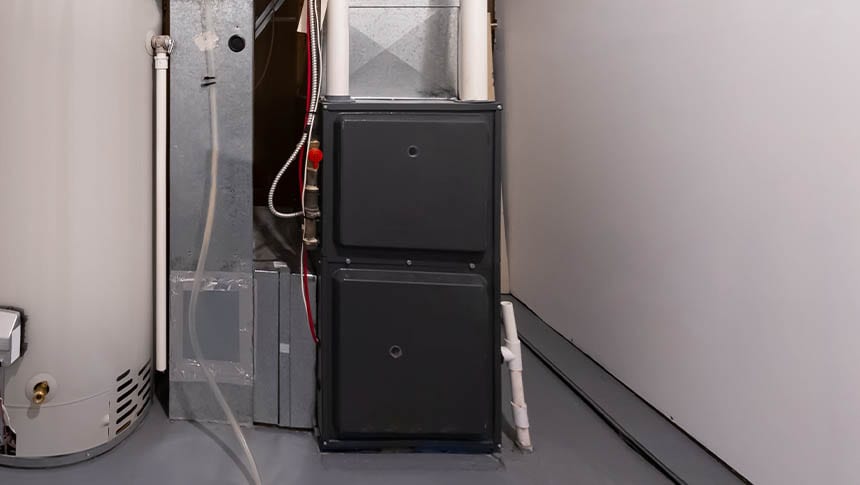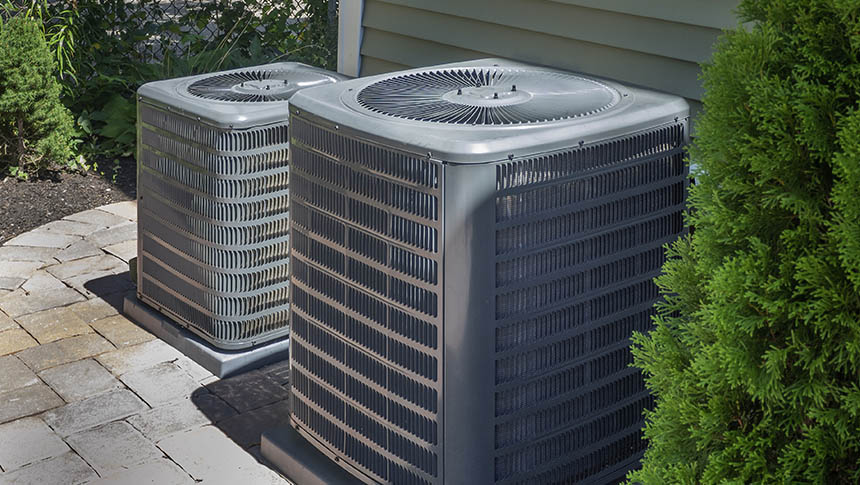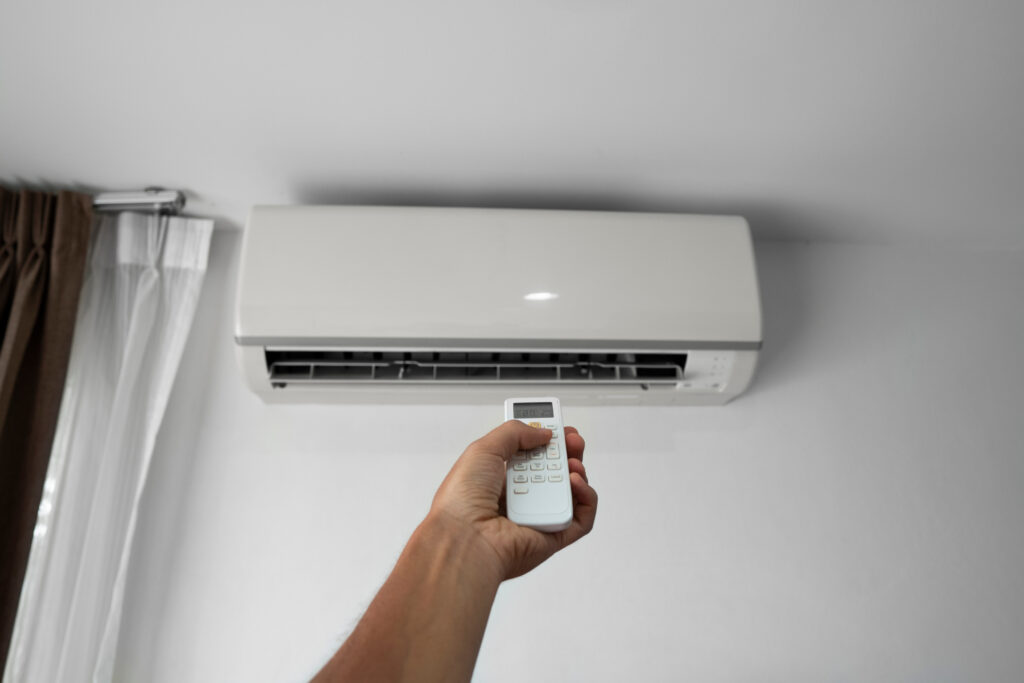Choosing the right home heating solution
Furnace, Heat Pump, Heating and Cooling, Heating Solutions Updated: January 24, 2022

According to ENERGY STAR®, as much as half of the energy used in your home goes toward heating and cooling. So when it’s time to update your heating system, choosing the right fit for your home is really important. Most heating systems last 10 to 20 years, so it’s a decision you’ll be living with for a while. We’ve highlighted some of the top energy-saving options below.

High-efficiency gas furnace
Furnaces are the most common type of heating system, especially in the Northwest. The furnace blows heated air through ducts and delivers it to various areas of the home through registers. Furnaces can also be paired with an air conditioning system or a heat pump, providing a comprehensive heating and cooling solution for your home.
Not all furnaces are created equal, so to make sure you’re getting a dependable, high-efficiency gas furnace, look for one with an annual fuel utilization efficiency rating (AFUE) of 95% or higher. This means that 95% of the energy the furnace uses is converted to heat. You can identify the AFUE by looking for the Energy Guide sticker on the furnace.
Electric furnace
Electric furnaces, also known as electric forced air furnaces, produce heat using electric resistance coils (similar to the coils in a toaster). The heated air is distributed through the home using the same fan and duct system combination described in the gas furnace section above. Electric furnaces can also be paired with an air conditioning system to provide both heating and cooling to a home. Similarly, an electric furnace can be paired with a heat pump, allowing the heat pump to address both the cooling and the majority of the heating needs. The electric furnace would supplement the heat pump if the outside air dropped to a temperature that made it difficult for the heat pump to meet the heating needs.
Electric resistance heat is considered an inefficient method of electric heat, especially when compared to the efficiency of electric heat pumps (covered in the next section).

Heat pumps are a great solution for efficient electric heat. They also provide cooling and there are several different types to choose from, depending on the needs of your home. Because most heat pumps operate best in moderate temperatures like those west of the Cascades, they are typically paired with a backup or auxiliary electric or gas heating system for when the temperature gets very low, roughly 35 degrees or below. Some heat pumps are designed to perform well at even the coldest of temperatures, negating the need for a secondary source of heat. These are often referred to as “cold climate heat pumps”.
Electric heat pump
For those with ducted heating, an electric heat pump is a great choice, especially in a moderate Northwest climate. These systems save energy by moving heat rather than generating it, providing efficient heating and cooling in a single system so you can stay comfortable all year round.
Heat pumps have an indoor and outdoor unit, each featuring refrigerant coils that absorb heat energy from the air. In heating mode, the system captures heat from the outdoor air and transfers it to the inside air to evenly heat the home. In cooling mode, it reverses this process and works like an air conditioner by capturing the heat from the indoor air and transferring it to the outside air.
If your home has existing ductwork and you need a comprehensive whole-home heating and cooling solution, this can be an incredibly efficient option.
Ductless heat pump
A ductless heat pump (or mini-split) works in the same way as a regular heat pump—efficiently heating and cooling by moving heat in or out of your home based on the season—but operates without ductwork. An indoor unit is mounted on the wall of a room, with a refrigerant line connecting it to an outdoor unit.

Because there’s no invasive ductwork, installation is typically easy and more affordable than a ducted heat pump. These systems are ideal for:
Extended capacity heat pump
High efficiency, extended capacity heat pumps can operate in much lower temperatures and are ideal for colder climates. An extended capacity heat pump maintains a higher level of compressor heating output at lower temperatures when compared to a standard or ducted heat pump. This allows the extended capacity heat pump compressor to effectively operate in freezing temperatures without activating an inefficient backup heating source. Reducing the use of backup heat during cold months allows an extended capacity heat pump to save a significant amount of energy during the winter.
The Department of Energy offers additional helpful resources for learning more about energy-efficient home heating options.
Customers may also be eligible to receive federal income tax credits for energy efficiency home improvements, including electric heat pumps and gas furnaces. Visit the ENERGY STAR website for more information.
